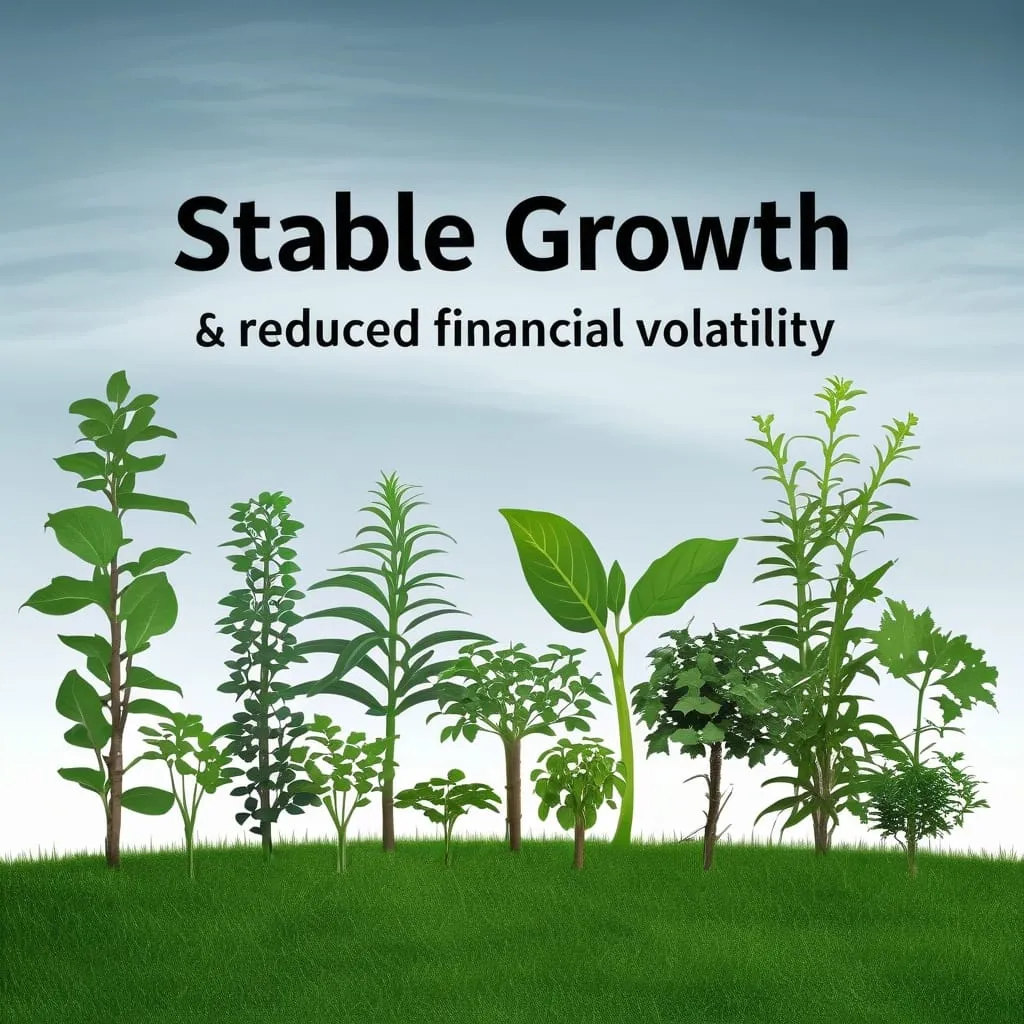Benjamin Graham, often hailed as the father of value investing, introduced the concept of the defensive investor in his seminal book, The Intelligent Investor. This approach is designed for those who prioritize the preservation of capital over high returns and prefer a more passive investment strategy. But what exactly does it mean to be a defensive investor, and how can you implement Graham's principles in today's market?
A defensive investor, according to Graham, is someone who seeks to minimize risk and avoid significant losses. This type of investor is not looking to beat the market with aggressive strategies but rather to achieve steady, reliable returns over the long term. The primary goal is to protect the principal amount invested while generating moderate gains.
Graham's strategy is built on several core principles that aim to ensure the safety and stability of investments. Here are the main criteria he outlined:
1. Adequate Diversification
Graham recommended that a defensive investor should hold a diversified portfolio to spread risk. He suggested having a minimum of ten and a maximum of thirty different stocks. This diversification helps to mitigate the impact of poor performance by any single stock on the overall portfolio.
2. Large, Prominent, and Conservatively Financed Companies
The companies selected should be large and financially stable. Graham believed that large firms have the resources to weather economic downturns and return to profitability. He also emphasized that these companies should be conservatively financed, meaning they should have a strong balance sheet with minimal debt.
3. Long Record of Continuous Dividend Payments
A consistent dividend payment history is a sign of financial health and stability. Graham recommended investing in companies that have paid dividends for at least 20 years. This criterion ensures that the company has a track record of returning profits to shareholders, even during tough economic times.
4. Moderate Price-to-Earnings Ratio
Graham advised that the price paid for a stock should not exceed 15 times its average earnings over the past three years. This ensures that the investor is not overpaying for the stock and that it is reasonably valued relative to its earnings.
5. Moderate Price-to-Book Ratio
The price of the stock should not be more than 1.5 times its book value. This criterion helps in identifying undervalued stocks that are trading at a price lower than their intrinsic value. The product of the price-to-earnings ratio and the price-to-book ratio should not exceed 22.5.
While Graham's principles were formulated in the mid-20th century, they remain relevant today. Here’s how you can apply them in the current market:
Ensure your portfolio includes a mix of at least ten different stocks from various industries. This diversification helps to reduce the risk associated with any single sector's downturn.
Invest in well-established companies with a market capitalization of at least $500 million. These companies are typically more stable and less likely to experience significant financial distress.
Look for companies with a long history of paying dividends. This can be easily checked through financial databases and company reports. Consistent dividend payments are a good indicator of a company's financial health.
Use financial screening tools to filter stocks based on their price-to-earnings and price-to-book ratios. This will help you identify stocks that are undervalued and have the potential for stable returns.
The defensive investor strategy offers several advantages:
- Lower Risk: By focusing on large, stable companies and diversifying your portfolio, you reduce the risk of significant losses.
- Steady Returns: While the returns may not be as high as those from more aggressive strategies, they are more predictable and stable.
- Less Time-Consuming: This strategy requires less active management, making it ideal for investors who do not have the time or inclination to constantly monitor their investments.
Benjamin Graham's defensive investor strategy is a timeless approach that emphasizes safety and stability over high returns. By adhering to the principles of diversification, investing in large and financially sound companies, and focusing on moderate valuation metrics, defensive investors can achieve steady and reliable returns. In a world of market volatility and economic uncertainty, Graham's strategy offers a reassuring path to financial security.






